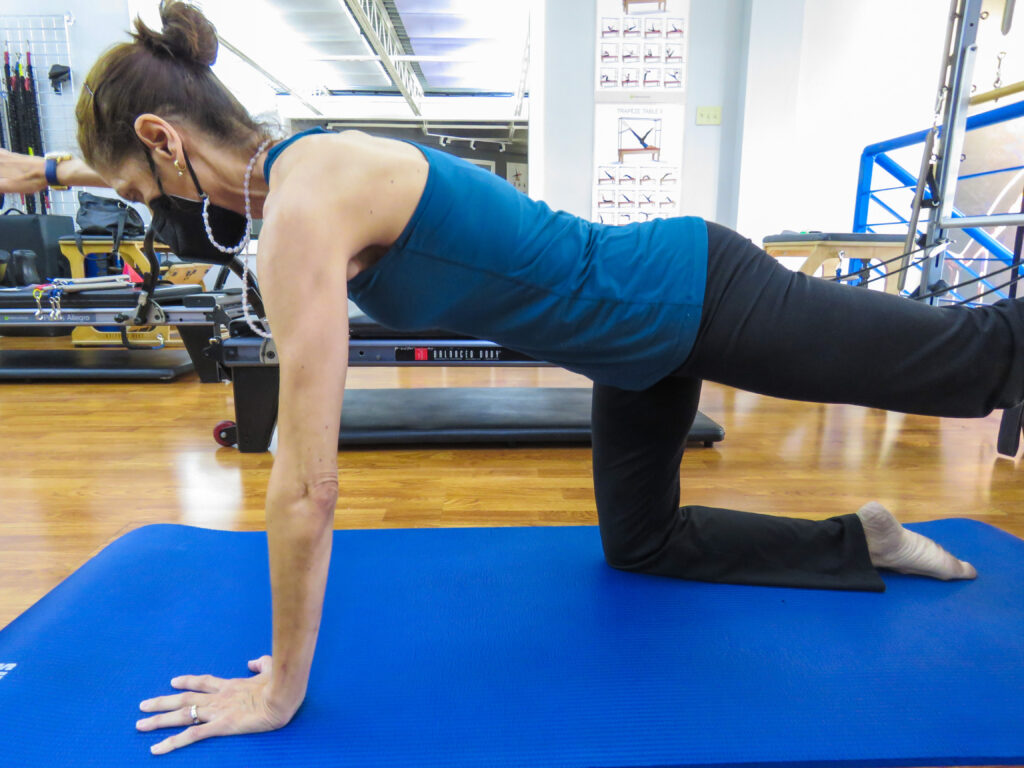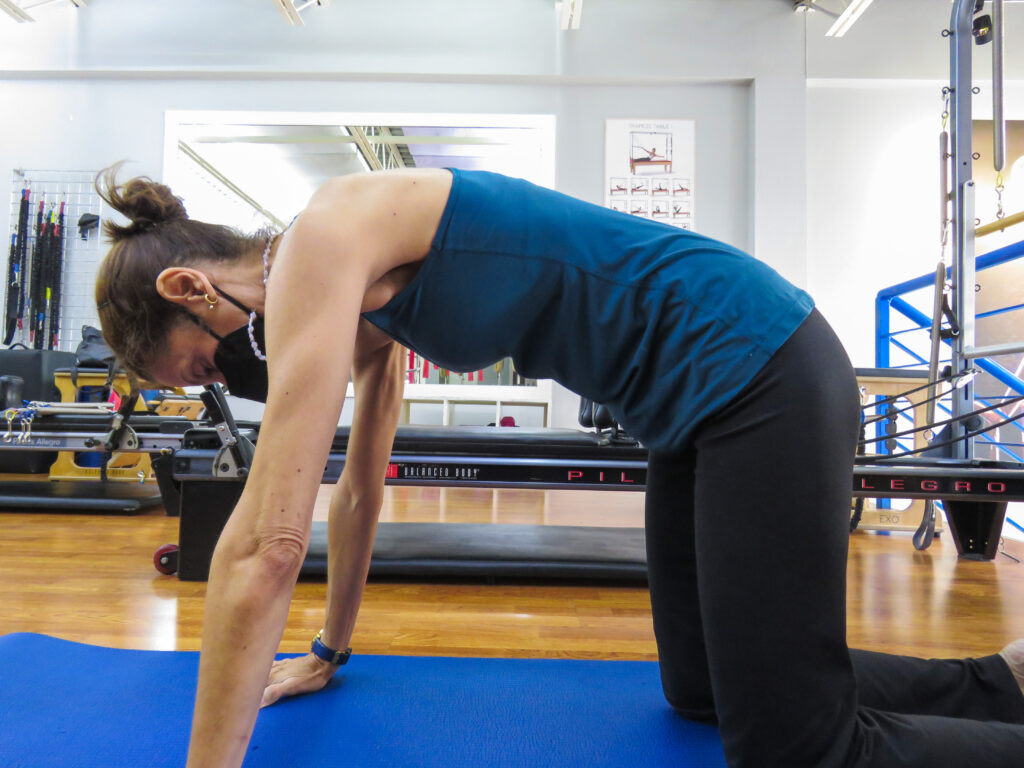“This is not so serious; we are just getting old.”
Fact: The International Osteoporosis Foundation has a worldwide campaign “Capture the Fracture”. They state in their Guidelines and Policies that “It is estimated that 13.5 million fractures per year will occur by 2025 with a cost of $400 billion to global healthcare systems. It is a problem which has been overlooked by policy makers for too long and is set to rise exponentially with the expanding elderly population.” Source: The International Osteoporosis Foundation, accessed, January 29, 2023
“My joints are stiff and painful, maybe I have osteoporosis.”
Fact: Osteoporosis is a silent disease. It is usually discovered when you break a bone, or you get shorter. Spinal fractures can occur without pain and may lead to loss of height.
“Only old people get weak bones.”
Fact: This disease can at any age. Ageing is just one of the factors that leads to osteoporosis. Risk factors also include diseases such as rheumatoid arthritis, some eating disorders, genetics and being a woman.
“I take plenty of Calcium and I eat lots of dairy. I won’t get Osteoporosis.”
Fact: Ask your doctor the right level of Calcium for you. The amount you get in your daily diet will vary with each person. Too much calcium can in rare instances be harmful.
“It’s because I tripped and fell on the ground, that’s why I broke my wrist.”
Fact: Breaking a bone in a minor fall can be the first sign that you have low bone density.
“I do sit ups all the time in my exercise class and I don’t feel any pain.”
Fact: You can fracture in the spine and not know. Flexion exercises are contraindicated for people with Osteopenia and osteoporosis. Spinal fractures are more likely to happen to those individuals with kyphosis or a dowager’s hump.
Learn the facts.
If you are a woman, post-menopausal, with a high risk of osteoporosis (click here to read more) , ask your Doctor if you might need to get tested. The DEXA scan will give you an indication of your level on the curve. Between -1 and -2.5, your bones are classified as osteopenia. -2.5 and lower is diagnosed as osteoporosis. Knowing what your score is can help you and your doctor decide which lifestyle changes you should be making to help stop the bone loss.
Some movements are contraindicated for people with osteopenia/osteoporosis. Learn functional safe movement to prevent fractures. When stretching in class:
NOT THAT!
Body Forte will move you to better bones.


